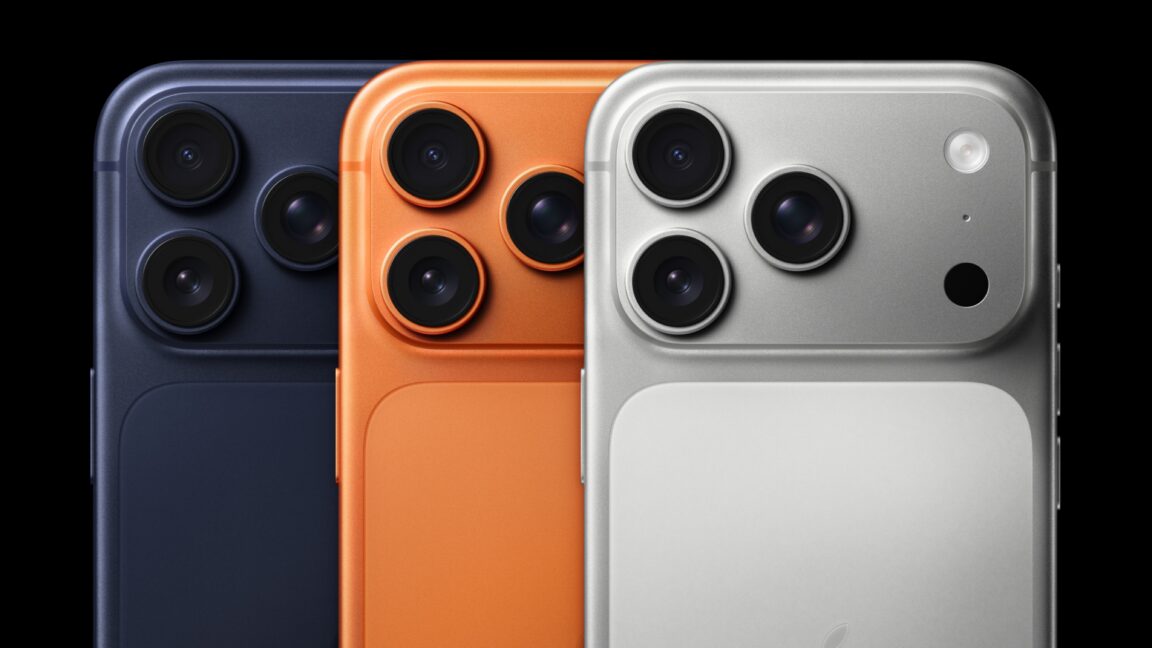Apple Unveils the N1 Chip: A Major Leap Toward Wireless Independence in iPhones

Apple continues to expand its custom silicon portfolio with the introduction of the groundbreaking N1 chip, marking a significant step toward greater control over wireless connectivity in its devices. While historically reliant on third-party components like those from Broadcom for Wi-Fi and Bluetooth, Apple has now integrated its own wireless solution into the latest iPhones, signaling a shift toward fully in-house technology.
What the Apple N1 Chip Brings to the Table
The new N1 chip supports cutting-edge wireless standards, including Wi-Fi 7, Bluetooth 6, and Thread, enhancing connectivity speeds and reliability across the latest iPhone models. This integration promises smoother experiences for features like Personal Hotspot, AirDrop, and Continuity functions, which depend on seamless Bluetooth and Wi-Fi interactions. Apple has yet to release detailed technical specifications, but the company emphasizes improved stability and performance for these core functionalities.
From External Modules to Internal Integration
Previously, Apple relied on external chips to handle wireless communication, with the Apple Watch and AirPods utilizing W-series and H-series chips respectively. The move to embed the N1 directly into iPhones indicates that Apple’s in-house wireless chips have matured sufficiently to handle demanding tasks, offering higher data transfer speeds and lower latency. This transition could pave the way for more advanced features and better overall device performance.
Implications for the Future of Apple Devices
By developing its own wireless chips, Apple aims to reduce dependency on third-party suppliers and gain more control over hardware capabilities. This strategic shift may lead to enhanced security, improved power efficiency, and faster innovation cycles. Industry analysts suggest that we can expect to see the N1 chip or similar solutions in upcoming Apple devices, potentially setting new standards for wireless connectivity in consumer electronics.
For those interested in the technical evolution of wireless standards, resources like the official Wi-Fi Alliance documentation and Bluetooth Special Interest Group (SIG) specifications provide comprehensive insights into Wi-Fi 7 and Bluetooth 6 advancements. Apple’s move aligns well with ongoing industry trends toward integrating high-performance, multi-protocol wireless chips directly into mobile devices, promising a more connected and efficient user experience.




